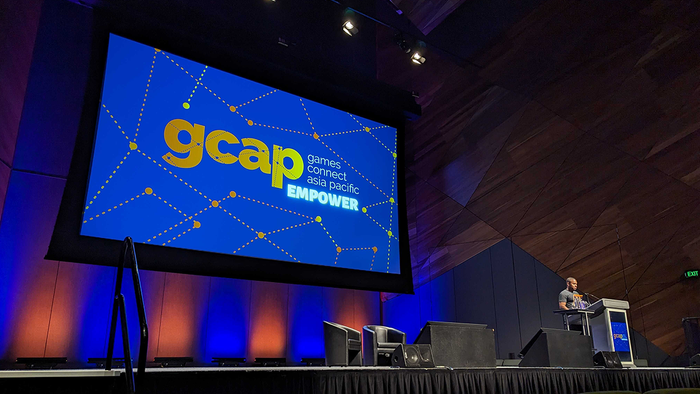Valve breaks down what will (and won't) get your game featured on Steam
"We don't think Steam should be pay to win."
Ever wonder what it takes to get your game featured on the front page of Steam? Valve is finally ready to share answers. In a new video hosted by Steam business team representative Erik Peterson, the company breaks down the difference between algorithmic and curated sections of the Steam Store, providing guidance on how developers can make themselves visible to players who might want to check out their game.
Some key tips from Valve's explainer include how developers can make the most of tags, the factors strong localization, regional pricing, and controller support will increase the odds that Valve will choose to feature your game in key locations, and that ultimately "player interest drives visibility."
In the video, Peterson explained that Valve's two big pillars for marketing on Steam are this: Valve wants to "match games with the players who will love them," and Valve does not sell advertising or optimal placement on the platform. "We don’t think Steam should be pay to win," he said. "Not selling ads levels the playing field and makes recommendations better for players."
Valve's statement on that topic is a fascinating contrast to how other platforms like the Roblox marketplace do rely on storefront advertising to generate revenue. Those platforms have been plagued with controversy and accusations that they support a "pay to win" model.
(One wonders if Valve had either been fielding high-profile requests to buy such advertisements...or if conspiracies about such advertising were spreading too far in certain circles).
What is algorithmic and what is curated on Steam?
If you're looking for a quick rundown of what is "algorithmic" and what's "curated" on Steam, here's a quick breakdown of the two categories.
When you open the Steam front page, the game featured in the top banner is a curated selection by Steam. The carousel below that however, is generated by a mix of algorithmic tools.
Peterson broke down the algorithmic selections players will see in that carousel. In it, players will see a mix of games they've played or wishlisted, games their friends are playing or have wishlisted, games their friends have recommended, top-selling games that correlate to their region, new releases, and updates from curators the player follows.
Further down the page, the "special offers" tab is a pool of discounts selected by Valve's store managers. After that, the remaining front page recommendation pools, including the Discovery Queue, the Recommended Games carousel, the Curator Recommendation carousel, the "From Developers and Publishers You Know" carousel, and the Steam top charts are all algorithmic.
Valve's "content hubs" (sections of the store dedicated to specific genres) are set up like "mini versions of the front page," and are described as "personalized."
It's a neat breakdown of just how displaying games on the Steam storefront works, and it goes farther than just the general explainer of "make a good game" and "market your game well." That itself is fascinating because Valve's longtime approach to supporting developers on the store has been a mix of laissez-faire economics or clamping down on ways developers can get hard data on each others' sales numbers.
Valve's business strategy for the last few years has to lean more and more on algorithmic solutions to the storefront marketing problems. After years of tweaking such solutions, it seems confident now in its ability to explain to developers how they can take advantage of such tools.
Read more about:
FeaturesAbout the Author(s)
You May Also Like







